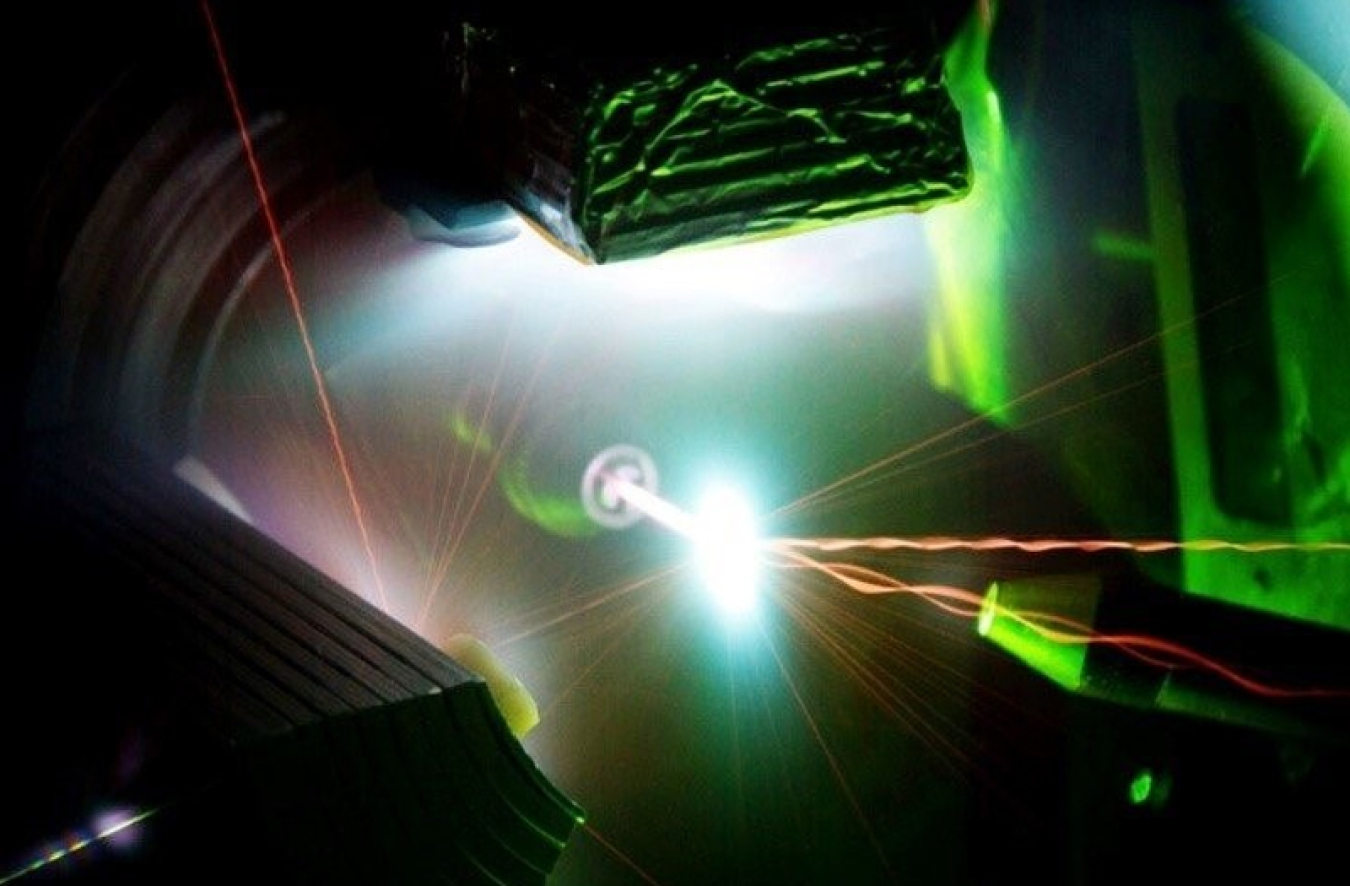Funding of $5.65 million for 11 research projects in high energy density laboratory plasmas to better understand extreme environments was announced by the Department of Energy (DOE).
September 19, 2024
WASHINGTON, D.C. - Funding of $5.65 million for 11 research projects in high energy density laboratory plasmas to better understand extreme environments was announced by the Department of Energy (DOE) today.
The research is a cooperative effort of two DOE agencies: the Office of Science (SC) and the National Nuclear Security Administration (NNSA). Research teams supported by both agencies perform work in High Energy Density Laboratory Plasmas (HEDLP), a field of physics that studies plasmas created in a lab setting, simulating extreme conditions found in stars or nuclear explosions,
The SC-NNSA Joint Program was established to steward HEDLP science within the Department of Energy. The focus is on studying matter under extreme conditions of temperature, density, and pressure. Areas of exploration include laboratory astrophysics, planetary science, laser-plasma interactions, relativistic optics, plasma hydrodynamics, plasma atomic physics, and radiation transport.
“This collaboration is essential to our commitment to advancing high energy density science and consistently produces groundbreaking results,” said Jean Paul Allain, Associate Director of Science for Fusion Energy Sciences (FES). “Gaining deeper insights into this extreme state of matter has wide-ranging benefits across science, industry, and technologies relevant to inertial fusion energy.”
“We are excited to be supporting cutting edge research that plays a critical role in developing the next generation of elite scientists in the area of high energy density science,” said Jahleel Hudson, Director of Technology and Partnerships Office for NNSA’s Defense Programs. “This work advances our understanding of these extreme environments and has benefits that range from fundamental science to specific technological applications.”
Selections were made via competitive peer review under the DOE Funding Opportunity Announcement for High-Energy-Density Laboratory Plasma Science. Funding will last up to three years, with total funding of $5.65 million: $3.75 million in FY24 and $1.9 million in outyear funding contingent on congressional appropriations.
The list of projects and more information can be found at science.osti.gov.

